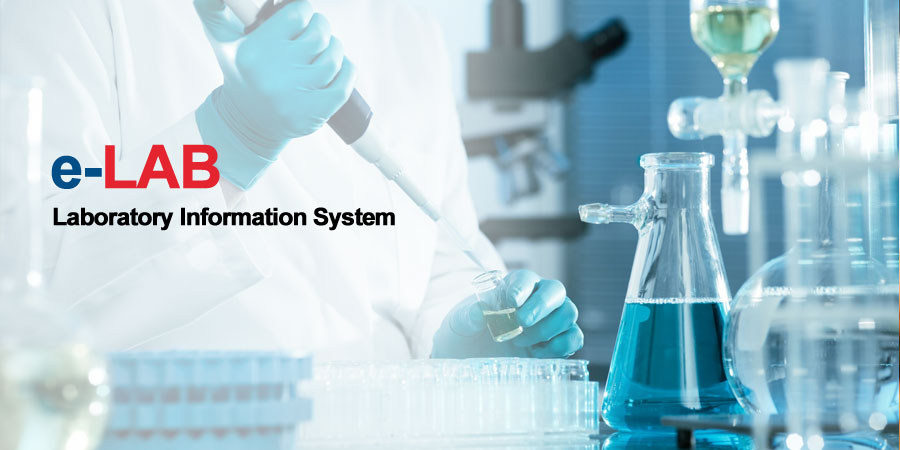PRODUCTS - e-LAB

e-LAB
Laboratory Information System
The e-Lab is a web based application with state of the art security features & rule based access control features to maximize the resource utilization by allowing central resource allocation consol.
The design & development of e-Lab is the result of years of inputs from our committed user base. It enabled e-Lab to simplify many complex yet important work flows in the e-Lab. With changing regulatory & business requirements, Norah will continue to deliver the best LIS to its end users.
Norah’s e-Lab helps independent laboratories & hospitals to effectively manage the complete clinical order lifecycle including the capture of the clinician’s test order, phlebotomy/specimen collection, receipt in the lab, specimen preparation, testing, verification, and billing. The e-Lab allows the creation and distribution of preliminary and final reports to the appropriate recipients via the appropriate mode (Manual or via HL 7 integration to your existing EMR). Its features allows to manage the complete patient’s lab life cycle through various pathology laboratories including Chemistry, Haematology, Urinalysis, Coagulation, Virology, Immunology, Serology, Microbiology, Molecular Biology, Cytogenetics, Flow Cytometry, Anatomic Pathology, Cytology, and Toxicology etc.
Patient Benefits :
Fewer gaps in information as patients move between hospital, practitioner’s office (e.g. family physicians, specialists), home care and long-term care settings.
Effective integration and monitoring of laboratory history and treatment progress to support chronic disease management.
Reduced number of unnecessary laboratory tests due to greater availability and sharing of information.
Timelier and broader access to laboratory test results by practitioners.
Clinician Benefits:
Timely access to information for improved decision-making at point of care.
More comprehensive and complete laboratory test information.
Reduced number of unnecessary laboratory tests due to greater availability and sharing of information.
Better coordination of care between multiple practitioners and within health care teams.
Improved workflow and reduced dependency on paper-based systems.
